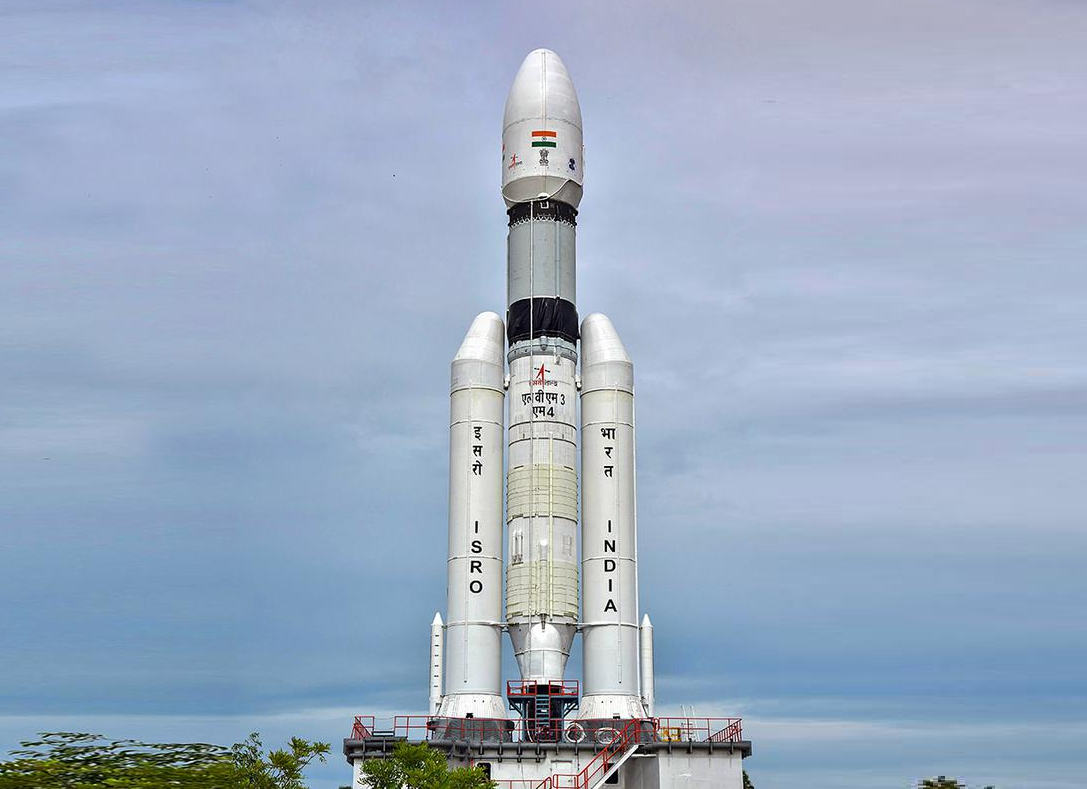
India’s Chandrayaan-3 took off successfully today at 2.35 pm from Sriharikota in Andhra Pradesh, carrying the hopes of an entire nation. A successful mission will place India as the fourth nation to land on the moon.
The moon lander, Vikram, was perched on a GSLV Mark 3 heavy-lift launch vehicle, affectionately known as the Bahubali rocket. Renamed as Launch Vehicle Mark 3 (LM-3), the GSLV stood tall at 43.5 metres, roughly half the height of Delhi’s Qutb Minar. The spacecraft is expected to reach the moon in August after a journey spanning over 40 days.
The Indian Space Research Organisation (ISRO) is cautiously optimistic following the setback of their last moon mission in July 2019. They encountered off-nominal conditions during Chandrayaan-2, leading to an unsuccessful landing attempt. ISRO Chief S Somnath, in an exclusive interview with NDTV, acknowledged the need for improvements.
In a first for India, Chandrayaan-3 is set to land at the South Pole of the moon, where water molecules were discovered during the country’s initial moon mission in 2008, surprising the world.
Vikram, the lander, is designed to execute a safe and gentle landing. It will subsequently release the rover Pragyan, which will traverse the moon’s surface for a lunar day, equivalent to 14 Earth days, conducting scientific experiments and collecting data.
The mission aims to analyze lunar soil, study moonquakes, and explore the moon’s surface. Lessons learned from the previous mission have led to the reduction of engines from five to four on the lander, accompanied by software updates and rigorous testing.
ISRO has taken measures to ensure a successful landing, even in the event of failures in specific elements. Various scenarios, such as sensor failure, engine failure, algorithm failure, and calculation failure, were thoroughly examined, and countermeasures were developed.
Chandrayaan-1, India’s first moon mission, was launched in October 2008 and remained operational until August 2009. Unfortunately, during Chandrayaan-2 in 2019, the lander deviated from its intended trajectory and experienced a hard landing. However, the orbiter continues to orbit the moon, collecting and transmitting valuable data.





